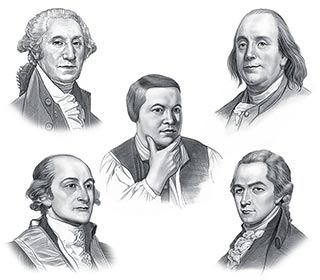Facts about Sugar Plantations
The following facts provide an overview of the advantages and the disadvantages of Sugar plantations.
Sugar cane is a tropical, grass that forms shoots at the base producing multiple stems
The sugar cane stems grow into cane stalk from which the sugar is extracted.
Sugar Plantations were not established until the 1800's. The growing number of slaves over time allowed plantation farming to expand to farm different plantation crops.
Slaves on Sugar plantations. Cheap labor was essential for the plantations to become profitable. The use of slaves in the plantations in the Southern colonies was extensive. After the initial cost of purchasing a slave little expenditure was required to support the slaves. The successive generations of slaves born on the slave plantations ensured that their masters gained new workers at no cost
Plantations in the south. The Southern colonies who established Sugar Plantations were the Maryland Colony, Virginia Colony, North Carolina Colony, South Carolina Colony and the Georgia Colony
The fertile soil of the Southern colonies was highly suited to the growth of sugarcane
One of the reasons that the system of Sugar Plantations sprang up in the South was due to the climate of the regions. The Plantations required a tropical or subtropical climate. Mild winters and hot, humid summers made it possible to grow Sugarcane throughout the year which was ideally suited for these Plantations
Typical Plantations ranged from 500 to 1,000 acres. Each acre produced about 5,000 plants. Vast areas of land had to be cleared for planting and crops had to be sewn and harvested by hand - this was only made possible with a large labor force
The use of slaves kept the costs down on the Sugar Plantations - slaves were not well fed, well housed or well treated. Slaves were sometimes expected to work 18 hours a day. Paid workers would have significantly reduced the profits made from the Plantations
Sugar plantation homes: The slaves lived in basic, crude wooden cabins consisting of one or two rooms, often with a dirt floor, in the slave quarters. The owners lived in Georgian style mansions often featuring frontages with Grecian style columns and large verandas.
Slaves in the sugar plantations were expected to plant between 5,000 - 8,000 seeds in order to produce one acre of sugar.
Sugar cane crops could be cut and produced up to 4 times without having to be replanted
Before canes are harvested the sugar fields were burnt to remove leaves and weeds
product of sugar cane is molasses were was used to produce rum - a major trade export of the Northern colonies.
The Rows of furrows about 1ft wide were dug to plant the sugar canes. Seeds were planted by hand at one-yard intervals
After America purchased the Louisiana Territory from France in 1803, the colonists followed the French example and also began growing sugar cane
The first years of sugar cane harvesting in Louisiana produced 300,000 tons of sugar per year, so it was a profitable crop for the slave plantations of the southern colonies.
Navigation Act of 1733, also known as the Molasses Act levied heavy taxes on sugar from the West Indies to the American colonies forcing colonists to purchase the more costly sugar from Britain
The Purpose of the Sugar Act of 1764 was to ensure the new tax could be collected by increased British military presence and controls
The mass production of Sugar required a suitable transport system to transport the Sugar to market. The waterways of the South provided an efficient, natural transport system
Life on a Sugar plantation. The sheer size of the land covered made the Sugar plantations to large degree, self-sufficient and similar to a small village with the main house, slave quarters, a dairy, blacksmith's shop, laundry, smokehouse and barns
Plantations required minimum input from the owners - overseers were hired to manage the slaves and Sugar production. The overseers were under considerable pressure from the plantation owners to maximize profits.
Environment: Sugar Plantations involved the deliberate introduction and cultivation of this economically desirable specie of tropical plant and resulted in the widespread replacement of the original native and natural flora.
The labour-intensive system of the Southern Sugar Plantations declined abruptly in the United States with the abolition of slavery
